The Secret Behind the Leather Patch on Jeans
In the early days of jeans, as they were gaining popularity, a small leather patch was also created. It bore the brand’s logo and was neatly placed on the back waistband.
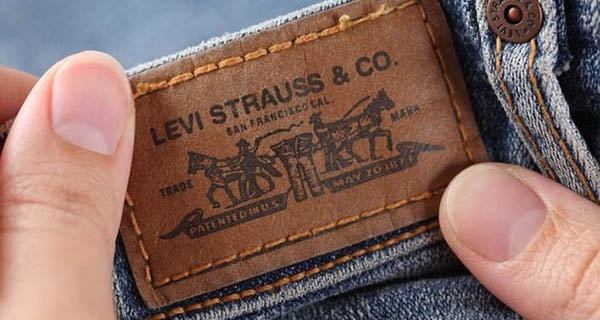
This leather patch served a significant purpose: brand identification and protection against counterfeit products, especially as the jeans market was booming and it was becoming harder to distinguish between genuine and fake products.
Levi’s is arguably the pioneer of this practice. In addition to the inner label, since 1873, they started attaching small leather patches with their logo on the outside. This was their way of safeguarding their brand and helping customers avoid low-quality fakes. A Levi’s spokesperson explained that the Jacron would enable consumers to identify authentic products through their logo, the iconic horse symbol, or size information—details that counterfeiters would find challenging to replicate.
Following Levi’s lead, other brands began creating their own Jacrons. In early 2018, American Eagle even opened AE Studio in New York City, allowing customers to design their unique Jacrons.
Now, let’s explore some other everyday items and the reasons behind their unique designs:
The Unproportionate Body of Barbie Dolls: Why?
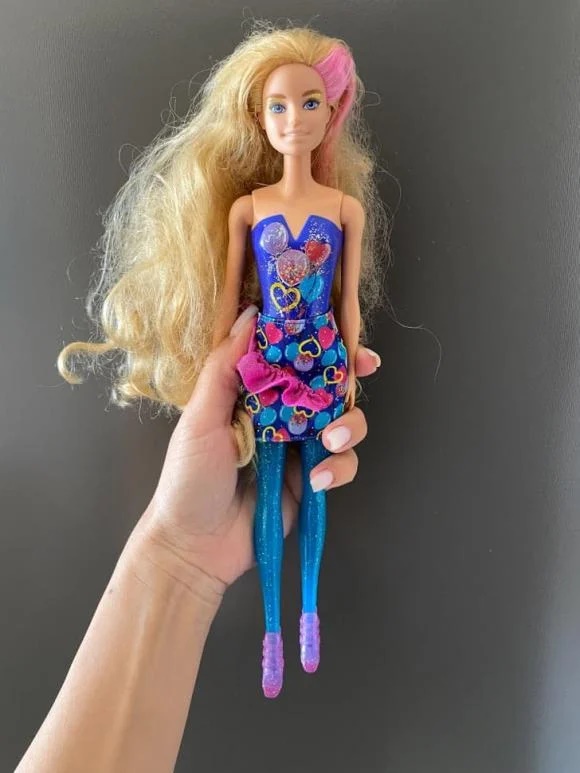
Barbie dolls have been criticized for their unrealistic body proportions, with an oversized head, a tiny waist, and abnormally thin hips and legs. However, Kim Culmone, the lead designer of Barbie, explains that there’s a reason behind these unrealistic proportions: “Barbie’s body was never designed to be realistic. It was designed so that young girls could easily dress the doll.”
The Rubber ‘Hairs’ on New Tires
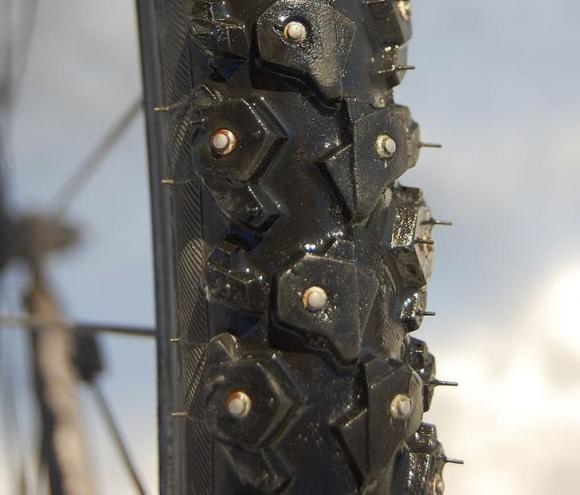
These ‘hairs’ are a result of the ventilation holes in the molds used to shape the rubber. The holes allow air to escape as the rubber fills the mold, ensuring a complete and proper shape.
Why USB Ports Are Not Round
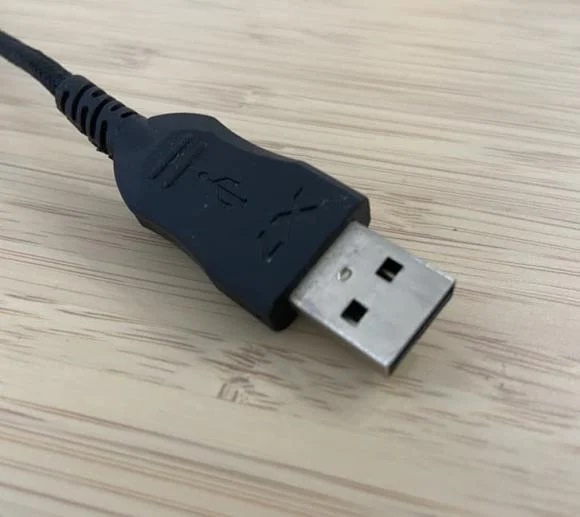
Manufacturers opt for square-shaped USB ports because they are more cost-effective. Circular ports would require more silicon, copper, and other materials, increasing production costs and slowing down the manufacturing process.
The Round Shape of Manhole Covers
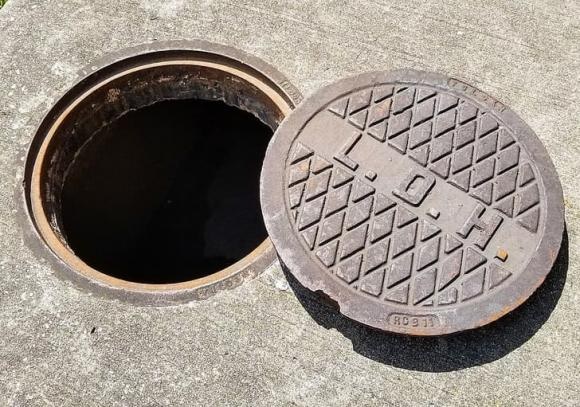
Round manhole covers are designed this way to prevent them from falling into the manhole. A square cover could potentially fall through the opening if placed diagonally. Additionally, round covers are easier to manufacture and move around.
The Four-Prong Design of Forks
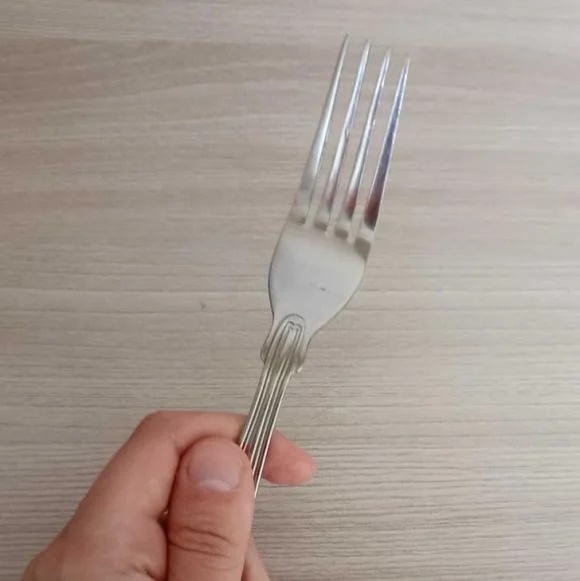
In the 19th century, experiments were conducted with three, four, and even six-pronged forks. It was concluded that four prongs provided the optimal balance between holding food securely and minimizing the risk of injury to the mouth and tongue. Two-pronged forks were more likely to cause harm.
According to Xe và thể thao






























